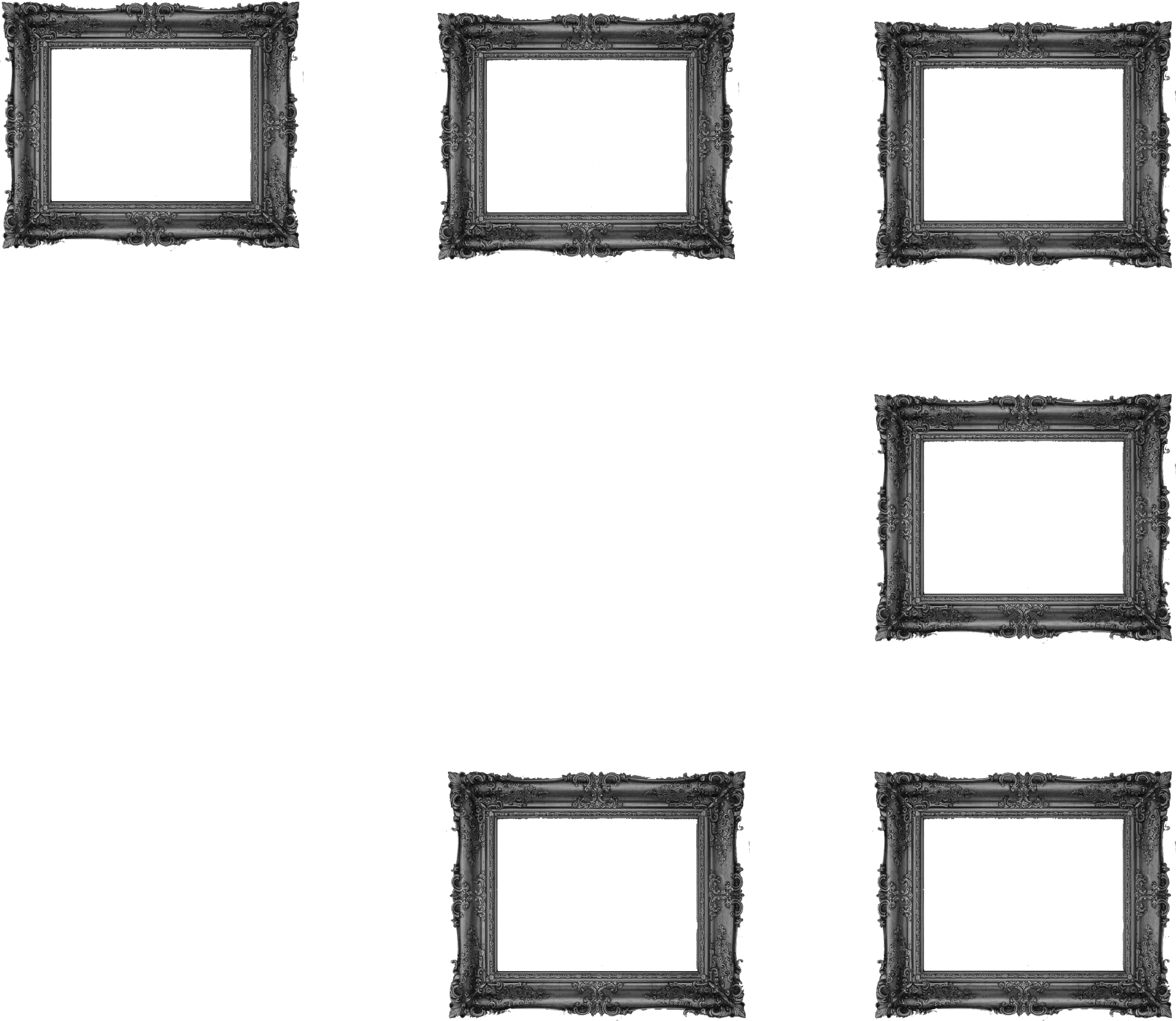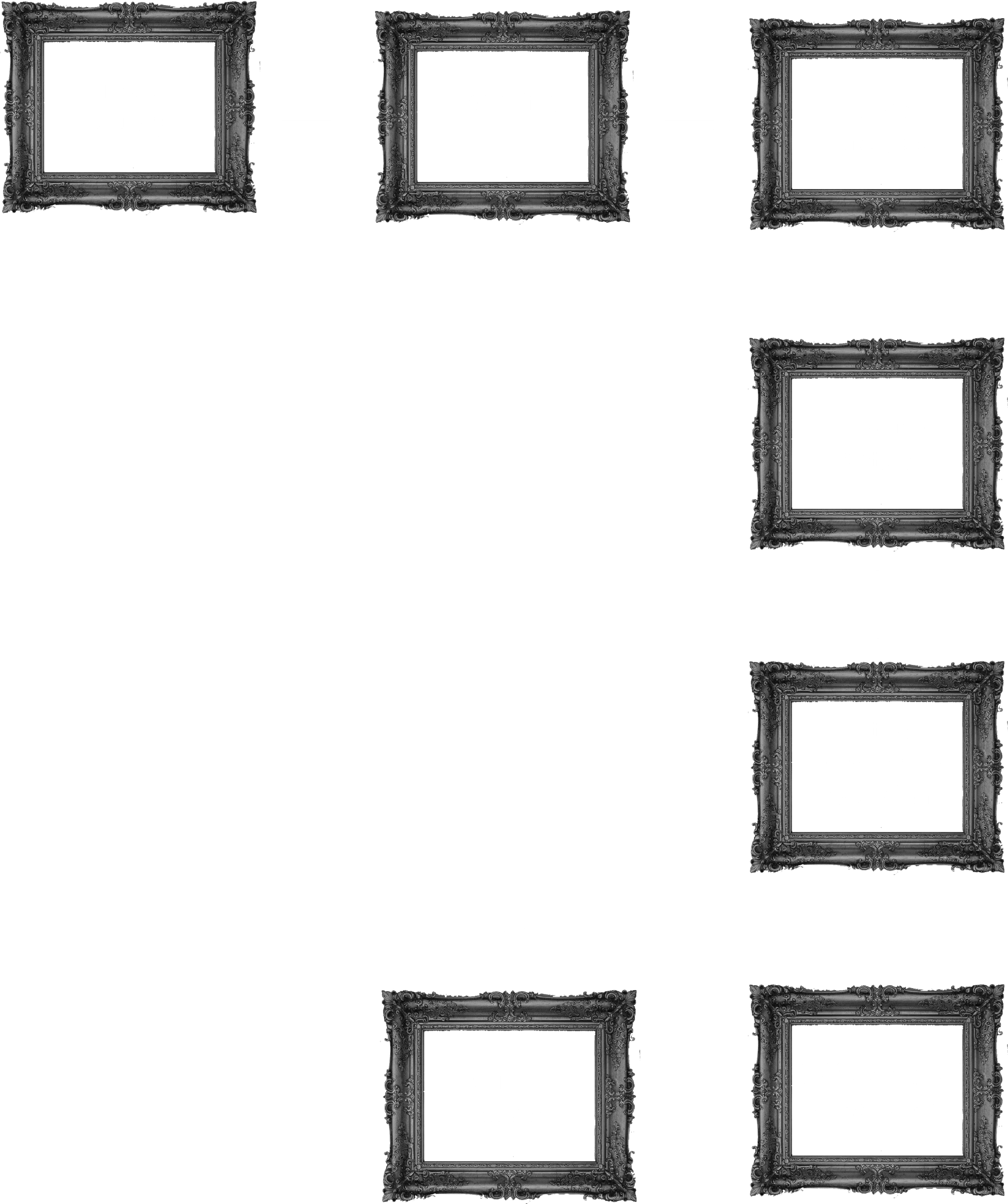The Divine Synergy: 9 Levels of AI Automation

Artificial Intelligence (AI) agents are revolutionizing various industries by automating tasks, enhancing decision-making, and improving efficiency. These agents operate autonomously or semi-autonomously, perceiving their environment, processing information, and taking actions to achieve specific goals. Understanding the different levels of AI agents is crucial for effectively leveraging their capabilities.
Level 1: Fixed Automation
At this foundational level, agents execute pre-programmed instructions without adaptation or learning. They are ideal for repetitive, well-defined tasks but struggle with unexpected scenarios.

Characteristics:
- No Intelligence or learning capabilities.
- Predictable behavior, strictly following programmed rules.
- Limited scope, unsuitable for tasks requiring adaptability.
Examples:
- Email autoresponders with fixed templates.
- Robotic Process Automation (RPA) for data entry.
Level 2: LLM-Enhanced
At this stage, agents incorporate Large Language Models (LLMs) to bolster their functionalities, facilitating more natural language processing and interaction. Despite these enhancements, they still exhibit limitations in deep reasoning and contextual comprehension.

Characteristics:
- Enhanced Language Comprehension and Generation: LLMs have significantly advanced natural language processing, enabling machines to understand and generate human language with remarkable fluency..
- Limited Reasoning Abilities: While proficient in language tasks, LLMs often struggle with complex reasoning and problem-solving, particularly in tasks requiring abstract reasoning (Gendron et al).
- Dependence on Predefined Data and Patterns: These models rely heavily on the data they were trained on, which can lead to issues such as hallucinations—generating plausible-sounding but incorrect information.
Examples:
- Chatbots in Customer Support: Modern AI-powered chatbots have evolved beyond simple scripted responses, now leveraging advanced AI to provide more dynamic and context-aware interactions in customer support and lead generation.
- Content Generation Tools: LLMs are employed in various applications to generate content, from articles and stories to code snippets and debugging assistance, showcasing their versatility in content creation.
Level 3: Reasoning and Acting
ReAct (Reasoning and Acting) agents integrate reasoning capabilities with actionable steps, enabling them to make informed decisions based on environmental inputs. This combination allows ReAct agents to handle complex tasks more effectively, though they may still require human oversight for optimal performance.

Characteristics
- Integrated Reasoning and Action: ReAct agents generate both reasoning traces and task-specific actions in an interleaved manner, allowing for dynamic decision-making and adaptability to new information (Yao et al., 2022).
- Contextual Understanding: By combining reasoning with action, these agents can comprehend, plan, and interact with the real world, similar to human problem-solving approaches (Chawla, 2024).
- Task Complexity Limitations: While capable of handling more intricate tasks than simple reactive agents, ReAct agents may still encounter challenges with highly complex or ambiguous situations, necessitating human intervention.
Examples
- Virtual Assistants: AI-powered virtual assistants that manage schedules by understanding user preferences and making decisions, such as rescheduling meetings based on priority conflicts.
- Customer Service Agents: AI agents that handle customer inquiries by reasoning through the context of questions and providing appropriate responses, including escalating issues when necessary.
- Fraud Detection Systems: Banking AI systems that identify and flag potentially fraudulent transactions by analyzing patterns and reasoning through anomalies in customer behavior.
- Educational Tutors: AI tutors that engage with students by reasoning through their questions and providing tailored explanations, enhancing the learning experience.
By integrating reasoning and action, ReAct agents represent a significant advancement in AI, enabling more autonomous and intelligent systems capable of complex decision-making processes.
Level 4: Retrieval-Augmented Generation Agents
Retrieval-Augmented Generation (RAG) agents enhance reasoning and action capabilities by integrating external knowledge bases into their decision-making processes. This integration allows RAG agents to access up-to-date information beyond their training data, resulting in more accurate and contextually relevant responses.

Characteristics
- Enhanced Decision-Making with External Data: By retrieving pertinent information from external sources, RAG agents can make more informed decisions, reducing the likelihood of hallucinations and improving response accuracy (Gao et al., 2023).
- Improved Accuracy and Relevance: Access to current and domain-specific data enables RAG agents to provide responses that are both precise and relevant to the user's query (Gao et al., 2023).
- Human Intervention for Complex Scenarios: While RAG agents handle a wide range of tasks autonomously, they may still require human oversight when dealing with highly complex or ambiguous situations.
Examples
- Scientific Research Assistants: AI systems like PaperQA utilize RAG to answer questions over scientific literature, retrieving information from full-text articles to provide accurate and up-to-date responses (Gao et al., 2023).
- Knowledge-Intensive NLP Tasks: RAG models have been applied to various natural language processing tasks that require access to extensive external knowledge, enhancing the performance of AI-generated content (Lewis et al., 2020).
- Customer Service Agents: AI agents equipped with RAG capabilities can access and retrieve information from up-to-date knowledge bases, enabling them to offer accurate solutions to customer inquiries.
By incorporating Retrieval-Augmented Generation, these agents represent a significant advancement in AI, enabling more autonomous and intelligent systems capable of complex decision-making processes.
Level 5: API Tool Enabled
Tool-enhanced agents represent a significant advancement in artificial intelligence, functioning as versatile problem solvers that integrate multiple tools to manage complex, multi-domain workflows. By combining reasoning, retrieval, and execution, these agents perform dynamic task completion with minimal human intervention (Gabriel et al, 2024).

Characteristics
Multi-Tool Integration: These agents leverage APIs, databases, and software tools to perform tasks, enabling them to access and process diverse information sources effectively. This integration enhances their ability to handle complex tasks requiring various resources.
Multitaskers: Capable of handling workflows that require multiple steps and tools working together, they can decompose complex tasks into manageable subtasks and execute them efficiently. This capability allows for effective management of intricate processes.
Dynamic Task Execution: These agents can switch tools dynamically based on task requirements and available resources, adapting to real-time changes and ensuring seamless task progression. This flexibility is crucial for responding to evolving task demands.
High Automation Potential: By automating repetitive or multi-stage processes, tool-enhanced agents significantly reduce the need for human involvement, increasing efficiency and productivity. This automation potential is particularly beneficial in streamlining operations.
Examples
Code Generation Tools: Platforms like GitHub Copilot, Sourcegraph’s Cody, and Warp Terminal enable agents to generate, review, and implement code using IDE integrations and version control tools, streamlining the software development process. These tools enhance coding efficiency and accuracy.
Data Analysis Bots: By combining multiple APIs, these agents can perform complex data analyses, integrating information from various sources to provide comprehensive insights. This capability is essential for informed decision-making in data-intensive fields.
Level 6: Self-Reflecting Agents
Self-reflecting agents possess the ability to evaluate their own performance and outcomes, enabling continuous improvement and adaptation over time.

Characteristics
- Self-Assessment Capabilities: These agents can introspectively analyze their actions and decisions, identifying areas for improvement. This self-reflection enhances their problem-solving performance (Renze & Guven, 2024).
- Ability to Learn from Past Actions: By reflecting on previous experiences, self-reflecting agents adjust their strategies to avoid past mistakes and optimize future behaviors (Shinn et arcal., 2024).
- Enhanced Adaptability to New Situations: Continuous self-evaluation allows these agents to adapt to changing environments and complex scenarios more effectively (Wang et al., 2024).
Examples
- AI Systems Optimizing Their Algorithms Based on Performance Feedback: Implementing self-reflection mechanisms enables AI systems to identify and rectify mistakes based on user interactions, crucial for enhancing performance in large-scale conversational AI agents (Restackio, 2024).
- Virtual Tutors Adjusting Teaching Methods According to Student Progress: AI tutors employing self-reflective capabilities can analyze their teaching effectiveness and modify instructional strategies to better align with individual student needs, thereby improving educational outcomes.
By incorporating self-reflection, these agents represent a significant advancement in AI, enabling more autonomous and intelligent systems capable of complex decision-making processes.
Level 7: Memory-Enhanced, Advanced Personalisation
Memory-enhanced agents incorporate the ability to retain and utilize information from past interactions, enabling personalized and context-aware responses. This significantly enhances user experience by making interactions more tailored and effective.

Characteristics
Long-Term Memory: These agents can store and recall past interactions, creating a consistent and seamless experience for users. Recent research emphasizes the importance of long-term memory in AI agents, highlighting its role in continuous learning and self-improvement, which enhances adaptability in complex environments (Zhang et al., 2024).
Personalized Responses: By leveraging user history, these agents deliver tailored recommendations and responses, ensuring a highly customized experience. Studies have shown that integrating human-like memory processes into AI agents enables them to recall user preferences and provide more relevant and coherent responses (Hou et al., 2024).
Improved Contextual Understanding: Memory-enhanced agents excel at understanding and responding within the context of ongoing and previous interactions, leading to more meaningful and effective exchanges. Enhancing large language models with long-term memory has been demonstrated to improve their ability to maintain context over extended conversations, resulting in more coherent and contextually appropriate responses (Zhong et al., 2023).
Examples
Personal Assistants: Intelligent personal assistants, such as those in smart home devices, use long-term memory to provide recommendations that align with user preferences, like suggesting activities, reminders, or purchases. For instance, AI models equipped with long-term memory can compress past data into a summarizing memory, enabling faster and more personalized responses (Time, 2024).
Customer Service Agents: AI-driven customer support tools can recall details from prior user interactions, improving support quality by addressing issues with context and continuity. Memory-enhanced AI agents are being developed to handle complex tasks by reasoning through problems, which can enhance customer service interactions by providing more accurate and context-aware solutions (The Wall Street Journal, 2024).
Memory-enhanced agents represent a leap forward in creating AI systems that feel more intuitive, human-like, and responsive. By integrating memory capabilities, these agents redefine personalization and context-awareness in modern AI applications.
Level 8: Environment Control Agents
At this advanced stage, agents possess the capability to manipulate and control their environments—both digital and physical—to achieve specific objectives. They exhibit a high degree of autonomy, rendering them suitable for complex and dynamic tasks.

Characteristics
Ability to Effect Changes in Their Environment: These systems interact with and modify their surroundings, enabling them to perform tasks that require adaptability and precision. Recent advancements in AI have led to the development of models capable of generating interactive virtual environments based on textual descriptions, facilitating dynamic interaction and manipulation within these spaces (Zhou et al., 2023).
High Autonomy in Decision-Making and Execution: Environment controllers operate independently, making decisions and executing actions without the need for constant human oversight. The integration of interoceptive AI, inspired by biological systems, has enhanced the autonomy and adaptability of agents, allowing them to self-regulate and make decisions based on internal and external stimuli (Lee et al., 2023).
Suitability for Complex, Dynamic Tasks: They are designed to handle environments with fluctuating conditions, such as those encountered in industrial robotics or autonomous vehicles. AI-driven technologies have been instrumental in environmental monitoring and management, showcasing their ability to adapt to complex and dynamic ecological systems (Wani et al., 2024).
Examples
Robotic Systems Performing Intricate Manufacturing Processes: Industrial robots excel in automating tasks such as assembly, welding, and quality control, demonstrating precision and adaptability. AI models like RoboCat have been developed to control robotic arms, adapting to new models and tasks with minimal human intervention, thereby enhancing efficiency in manufacturing processes (Wiggers, 2023).
Smart Home Systems Autonomously Managing Household Functions: Advanced smart home setups can autonomously manage energy consumption, security, and climate control, enhancing convenience and efficiency. AI is being utilized to make buildings more energy-efficient by optimizing HVAC systems in real-time, leading to significant reductions in energy consumption and costs (Time, 2024).
Environment controllers represent a significant leap in AI capabilities, enabling systems to autonomously interact with and adapt to their surroundings, thereby performing complex tasks with minimal human intervention.
Level 9: Unsupervised, Self-Learning Agents

Characteristics
Autonomous Learning: Self-learning agents possess the capability to acquire new knowledge without human intervention. They utilize self-motivated and self-supervised learning mechanisms to detect and adapt to novel circumstances, enhancing their performance over time. This autonomy enables them to operate effectively in dynamic, real-world environments (Liu et al, 2021).
Evolutionary Behavior: These agents adapt to new situations through self-directed learning, continuously refining their strategies based on interactions with the environment. By employing techniques such as reinforcement learning, they can evolve their behaviors to meet the demands of complex and changing scenarios (Xing et al, 2020).
High Autonomy: Operating independently in dynamic environments, self-learning agents can initiate actions, make decisions, and learn from outcomes without human oversight. This high degree of autonomy is crucial for applications requiring real-time decision-making and adaptability.
Examples
- AI Systems Improving Performance by Learning from New Data: Recent advancements have led to the development of AI scientists capable of designing and conducting experiments autonomously, leading to incremental improvements in AI models. These systems exemplify self-learning by iteratively enhancing their performance based on new data and experiences. (Wired)
- Agents Adapting Strategies Based on Changing Conditions: In the realm of autonomous driving, self-learning methods enable vehicles to adapt to diverse and evolving environments. By leveraging reinforcement learning, these agents can self-evolve, improving their navigation strategies to handle complex scenarios without human intervention(Xing et al, 2020).
What This Means for Your Business
AI agents are here to stay and they could be saving you time and money. Understanding the spectrum of AI agents is crucial for effectively leveraging their capabilities across various applications. From simple automation to advanced self-learning systems, each level offers unique benefits and challenges. Recognizing these distinctions enables the development of more efficient, adaptable, and intelligent systems tailored to specific needs.

Future Directions
The future of AI agents lies in the collaboration of multiple agents working together to achieve complex objectives. This includes swarm intelligence, where numerous simple agents collectively solve problems, and multi-agent workflows, where specialized agents coordinate to handle intricate tasks. Advancements in these areas promise to revolutionize industries by enhancing efficiency, adaptability, and decision-making capabilities.
As AI technology continues to evolve, the development of more sophisticated and autonomous agents is inevitable. Future research will likely focus on enhancing self-learning capabilities, improving collaboration among agents, and ensuring ethical and responsible deployment across various sectors. Staying informed about these advancements is essential for harnessing the full potential of AI agents in the coming years.






